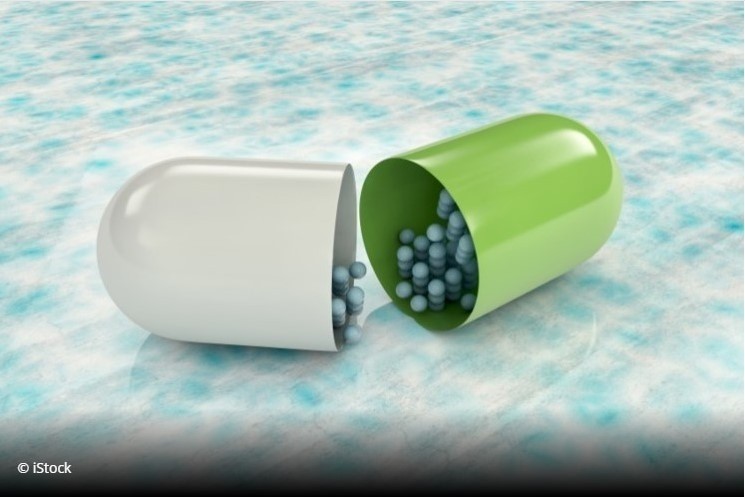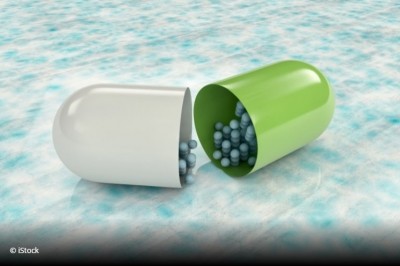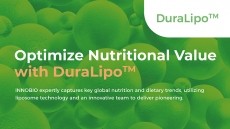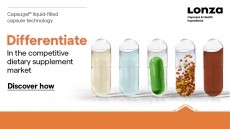European Commission recommends updated nanomaterial definition

The recommended definition states that “’Nanomaterial' to mean a natural, incidental or manufactured material consisting of solid particles that are present, either on their own or as identifiable constituent particles in aggregates or agglomerates.”
The definition also extends to “where 50% or more of these particles in the number-based size distribution has one or more external dimensions in the size range 1 nm to 100 nm".
Further recommendations state that if the particle has an elongated shape, such as a rod, fibre or tube, these two external dimensions must be smaller than 1 nm and the other dimension larger than 100 nm
If the particle has a plate-like shape, one external dimension must be smaller than 1nm and the other dimension larger than 100 nm.
Further recommendations
In the document, which updates Recommendation 2011/696/EU, the European Commission recommends that the ‘nanomaterial’ definition be used when addressing materials or issues concerning products of nanotechnologies.
The definition should be used by the Commission itself, when preparing legislation, policy programmes or research programmes and when implementing such legislation or programmes also with other Union institutions and agencies.
Also advised to use the updated definition are Member States, when preparing legislation, policy programmes or research programmes and when implementing such legislation or programmes.
The European Commission also advise economic operators to adopt this definition, when preparing and conducting their own policies and research.
Between 2013 and 2021, the Commission carried out a review of Recommendation 2011/696/EU, addressing the objective, scope, clarity and use of its definition of nanomaterial.
Here, the review focused on whether the particle number-based size distribution threshold of 50% should be increased or decreased and
The review also considered the inclusion of materials with internal structure or surface structure in the nanoscale such as complex nanocomponent materials including nanoporous and nanocomposite materials that may be used in specific sectors.
Technical and scientific input
Technical and scientific input supporting the review were summarised and published in the Commission’s Joint Research Centre’s (JRC) Science for Policy reports ‘Towards a review of the EC Recommendation for a definition of the term “nanomaterial.”
The three-part report (1,2,3) discusses the experience of stakeholders in light of the possible implementation of the definition and points of revision noted.
“The changes are based on a comprehensive review and should allow for simpler and more efficient implementation but will not significantly impact the scope of identified nanomaterials,” notes regulatory consultants analyze & realize.
“The definition of nanomaterials aims to support a coherent EU regulatory framework for nanomaterials and helps to align legislation in different sectors.
“At this stage there are still individual definitions of nanomaterials in EU legislation for the food and cosmetics sectors, e.g. in the Novel Food Regulation. In the future, the new definition should be used in EU and national legislation, policy, and research programs.”















